Chorba: Basic Information
Pronunciation
Alternative Name(s)
Dish Type
Course
Mealtime
Popular Variations
Chorba: Ingredients and Preparation
Main Ingredients
Main Cooking Method
Preparation Process
Chorba: A Deep Dive
Cultural Significance
Taste
Texture
Aroma
Color
Serving Style
Serving Temperature
Accompaniment
Occasions
Seasons
Special Diets
Calories
Popularity
- South Asia: India, Pakistan, Afghanistan
- Central Asia: Uzbekistan, Kazakhstan, Tajikistan, Turkmenistan, Kyrgyzstan
- West Asia: Turkey, Lebanon, Iraq East Africa and North
- Africa: Algeria, Somalia
- Southern Europe: Bosnia and Herzegovina, Moldova, Serbia
- Eastern Europe: Romania, Bulgaria, Russia
Popular Similar Dishes
- Borscht
- Minestrone
- Mulligatawny
- Goulash
- Harira
Popular Dining Area
Chorba, also known as shorba, is a traditional category of soups or stews in many regions worldwide. Its name was derived from the Turkish Ottoman and Persian word for “soup,” which consists of šōr for “salty” and bā for “stew, gruel.”
Meanwhile, its Arabic name šūrba (or shurba) is a loan from the Persian name, while the Urdu-Hindi name, shorbā, is literally “gravy.”
Countries like Turkey, Iran, and India have multiple chorba recipes, while the cuisines of West Asia, South Asia, Central Asia, Southern Europe, Eastern Europe, North Africa, and East Africa are known for their chorba varieties.
Those variations typically feature water or broth, meat, legumes, vegetables, herbs or spices, and extra ingredients.
The flavor profile of chorba is significantly diverse, depending on the ingredients used, but richness is often the hallmark feature.
People typically serve chorba with bread, but many households in India often pair this rich soup or stew with rice dishes like pulao or biryani.
Continue reading to discover other fascinating facts about chorba, such as common ingredients, well-known variations, and the differences between chorba and soups.
I will also address the pros and cons of chorba, frequently asked questions about the soup or stew category, and similar dishes.
Key Points
Chorba Images
Why Is Chorba Popular in Central Asia?
There are 3 reasons why chorba is a renowned dish in Central Asia, where it is known as sho’rva, sorpa, or shorpo.
- Culinary influences: Ottoman and Persian cuisines, which are the possible origin of chorba, have a significant impact on Central Asian cooking traditions, such as in Uzbekistan, Kazakhstan, and Tajikistan.
- Climatic conditions: Central Asia often experiences harsh winters, so hearty, warming dishes like chorba are excellent comfort food.
- Availability of ingredients: The ingredients used in chorba, such as grains, legumes, vegetables, and meat, are readily available in Central Asia.
What Is Chorba Made of?
Below are the 5 most popular types of ingredients for making chorba; note that many variations have multiple ingredients in the same category.
Meat:
Chicken, beef, mutton, lamb, fish, meatballs, offal, etc.
Legumes:
Lentils, chickpeas, fava beans, etc.
Vegetables:
Tomatoes, onions, spinach, potatoes, corn, garlic, etc.
Herbs or spices:
Parsley, mint, ginger, bay leaves, black pepper, cumin, coriander powder, etc.
Add-ons:
Oats, cream, yogurt, nuts, etc.
Based on the main ingredients, there are many well-known chorba varieties worldwide.
What Are the Most Popular Chorba Variations?
There are 12 prominent chorba variations around the world classified in terms of main ingredients and regional popularity. I will introduce you to them in 2 tables.
There are 6 famous versions of chorba based on ingredients, as shown below:
Below are the 6 most renowned regional versions of chorba:
While many types of chorba have a similar appearance to soups, there are several distinctions between the two food categories.
What Are the Differences Between Soup and Chorba?
Chorba stands out from soup in 4 aspects: popularity, consistency, preparation, and serving suggestions.
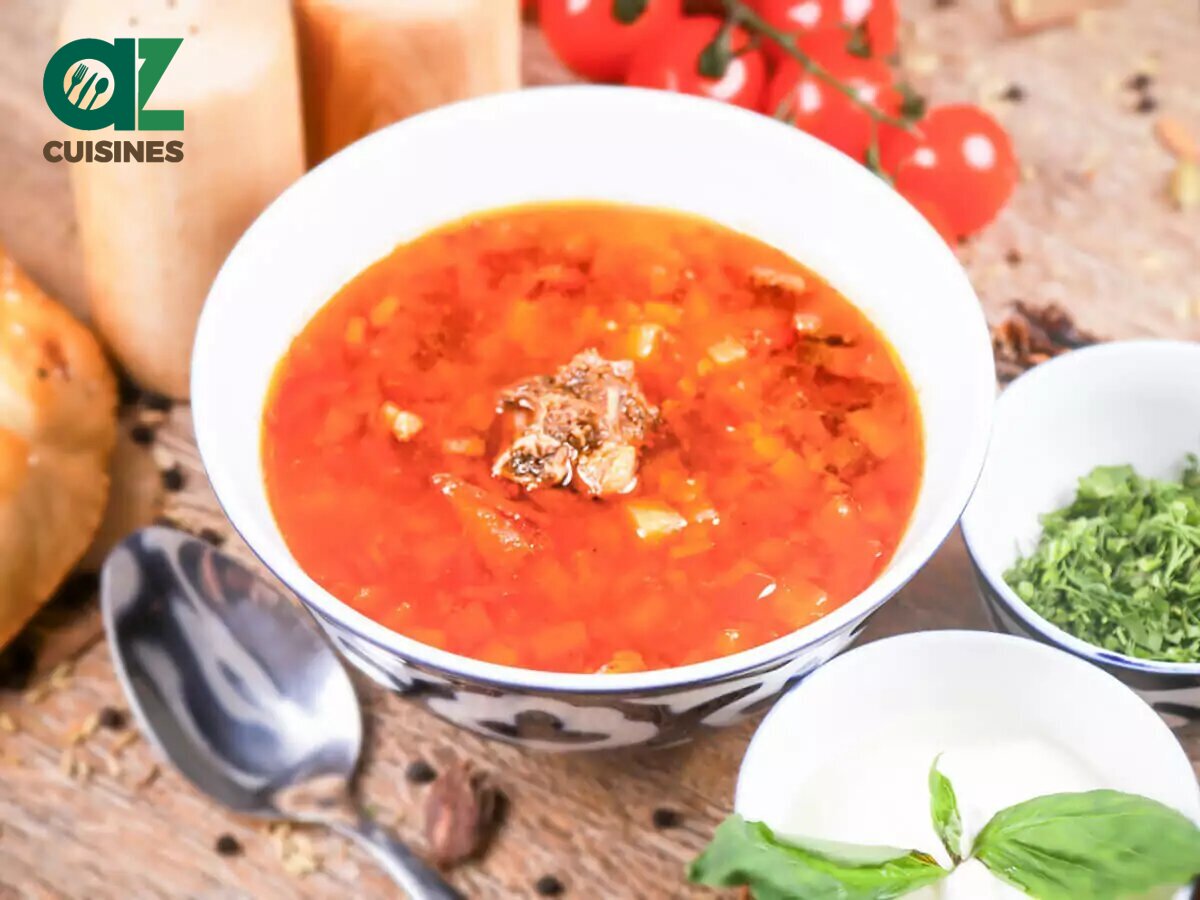
Chorba
Popularity: Mainly popular in regions influenced by Turkish, Persian, and Indian cuisines
Consistency: Relatively thin and broth-like
Preparation: Simmering the solid ingredients in the broth
Serving Suggestions: Bread

Soups
Popularity: Worldwide
Consistency: Can be thin, thick, creamy, or chunky
Preparation: Boiling, simmering, blending, etc.
Serving Suggestions: Various sides, such as crackers, salads, and breadsticks
Pros And Cons of Eating Chorba
Chorba has the following advantages and disadvantages:
Pros
Cons
After weighing the pros and cons of chorba, you might still have some questions about the dish. Let’s address them in the FAQs section.



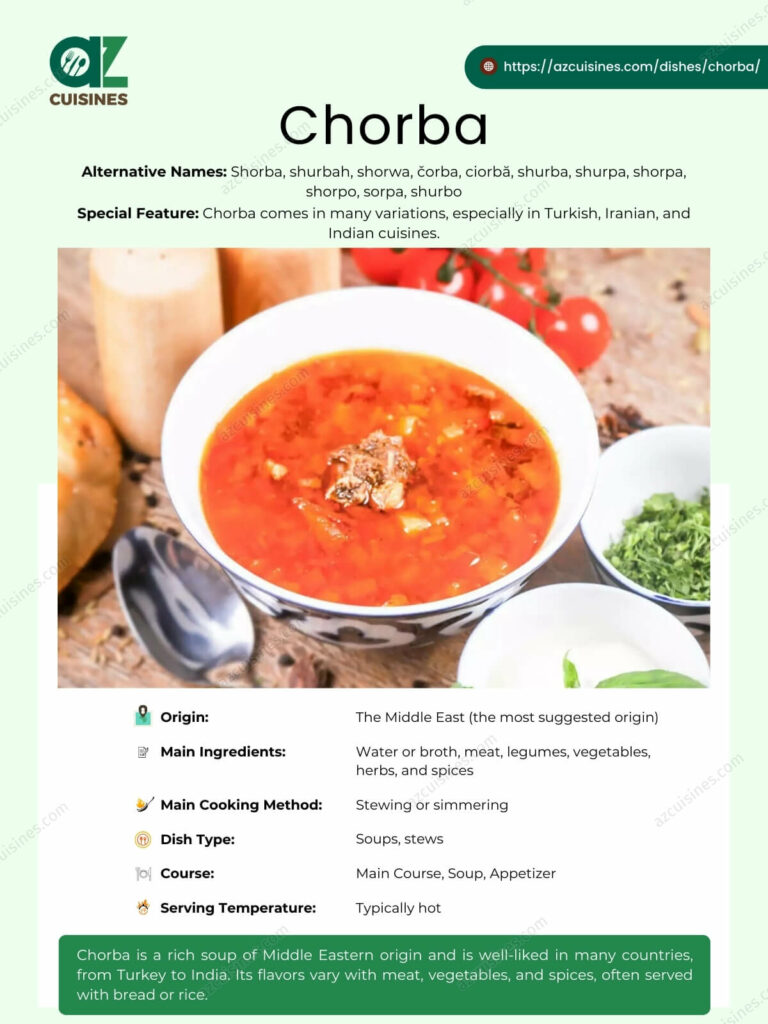
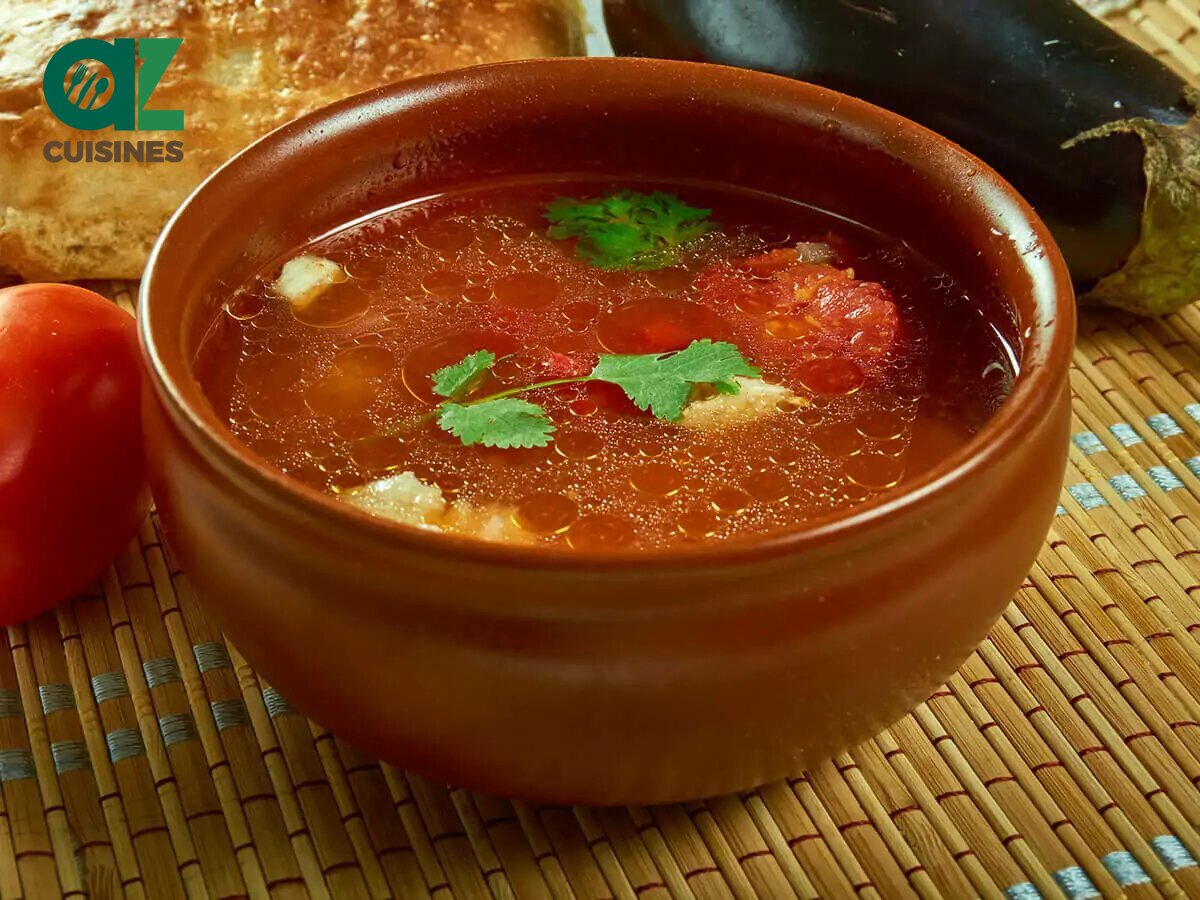
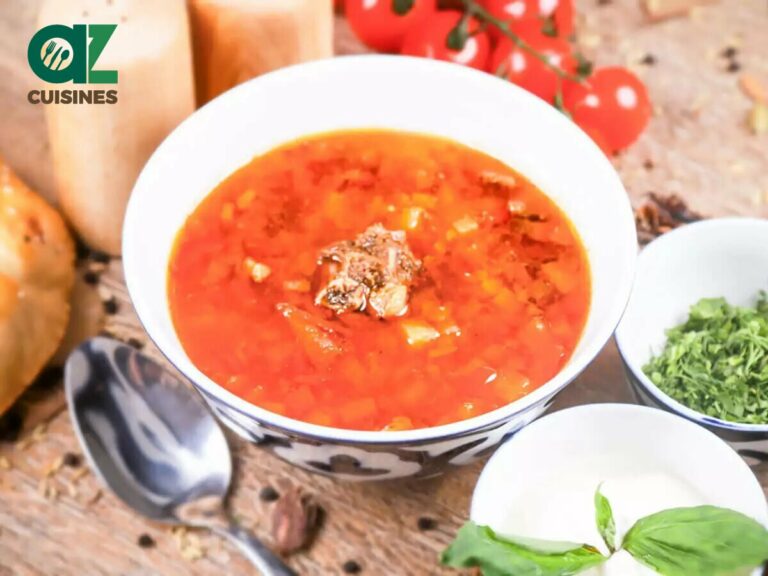
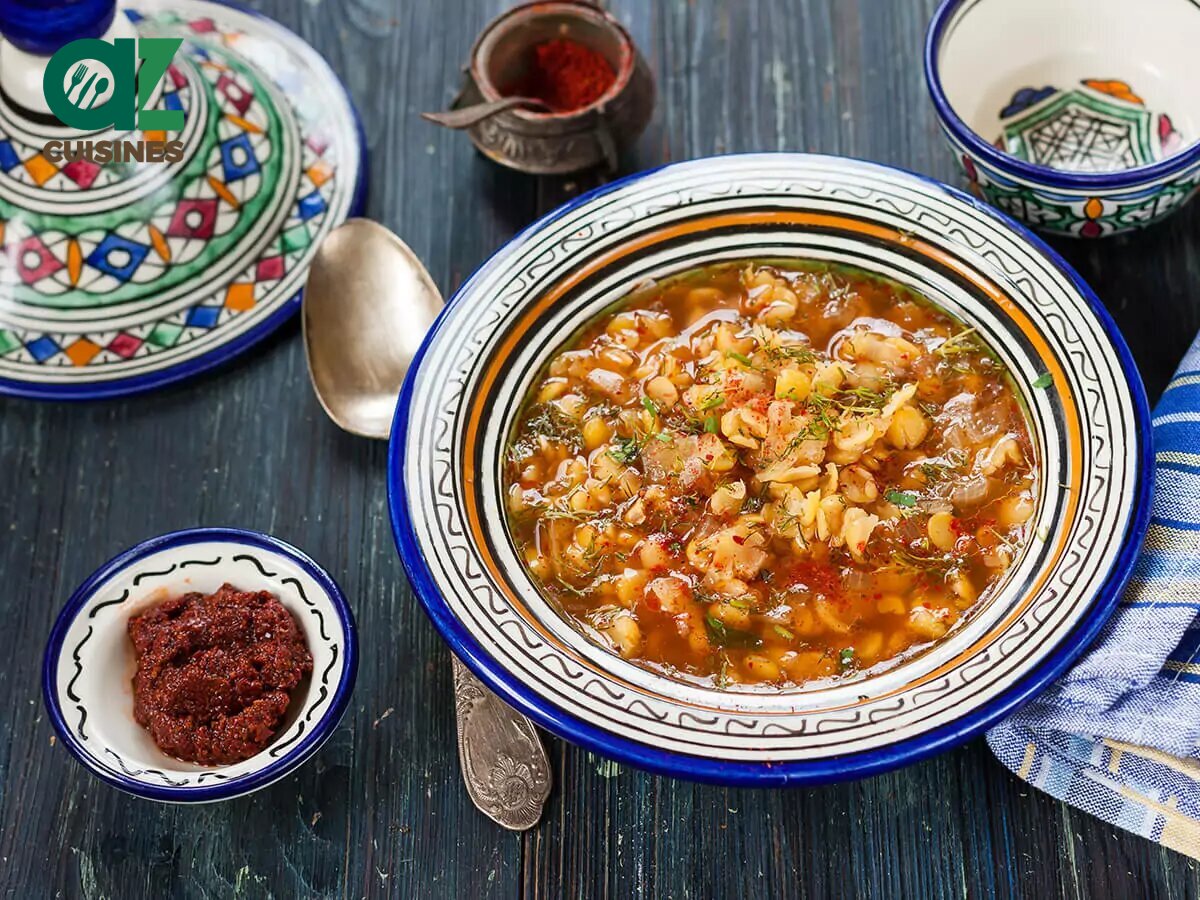
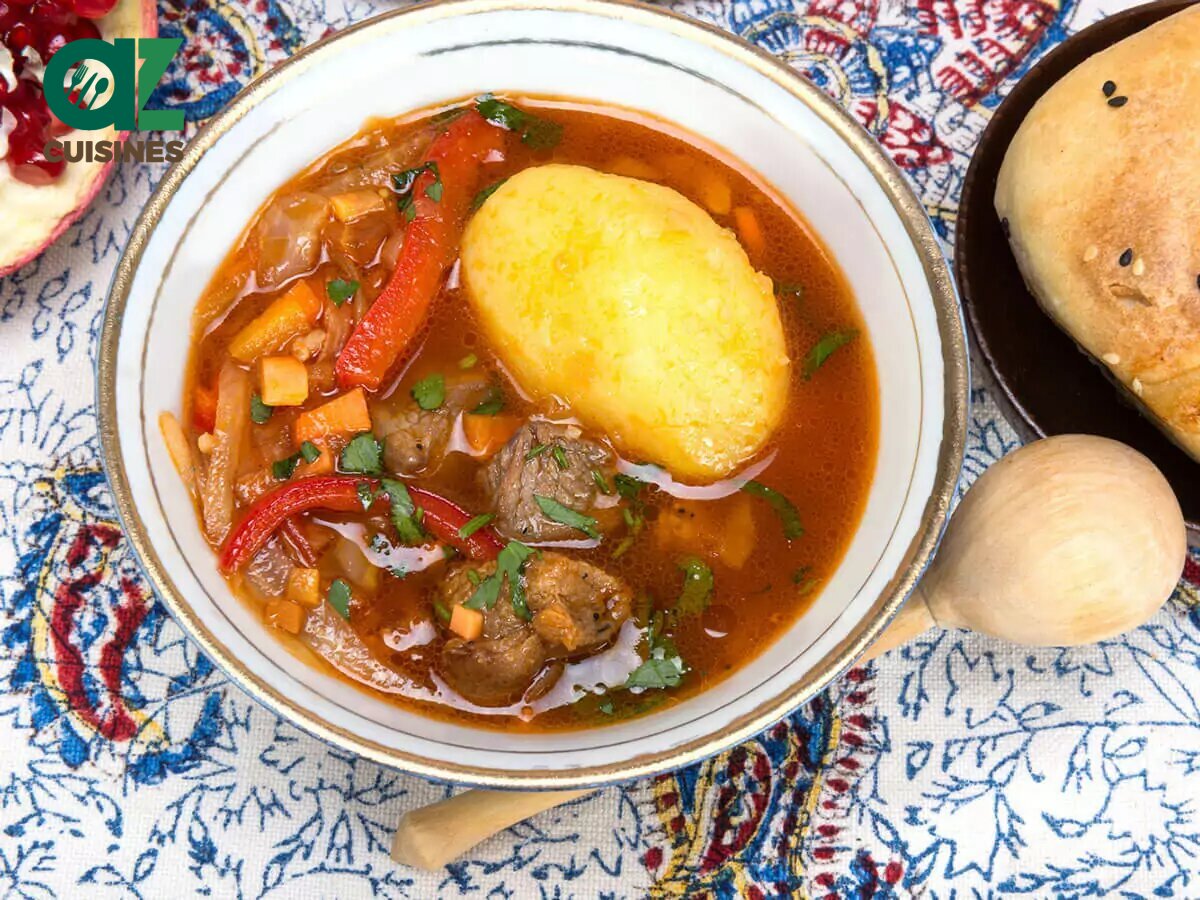

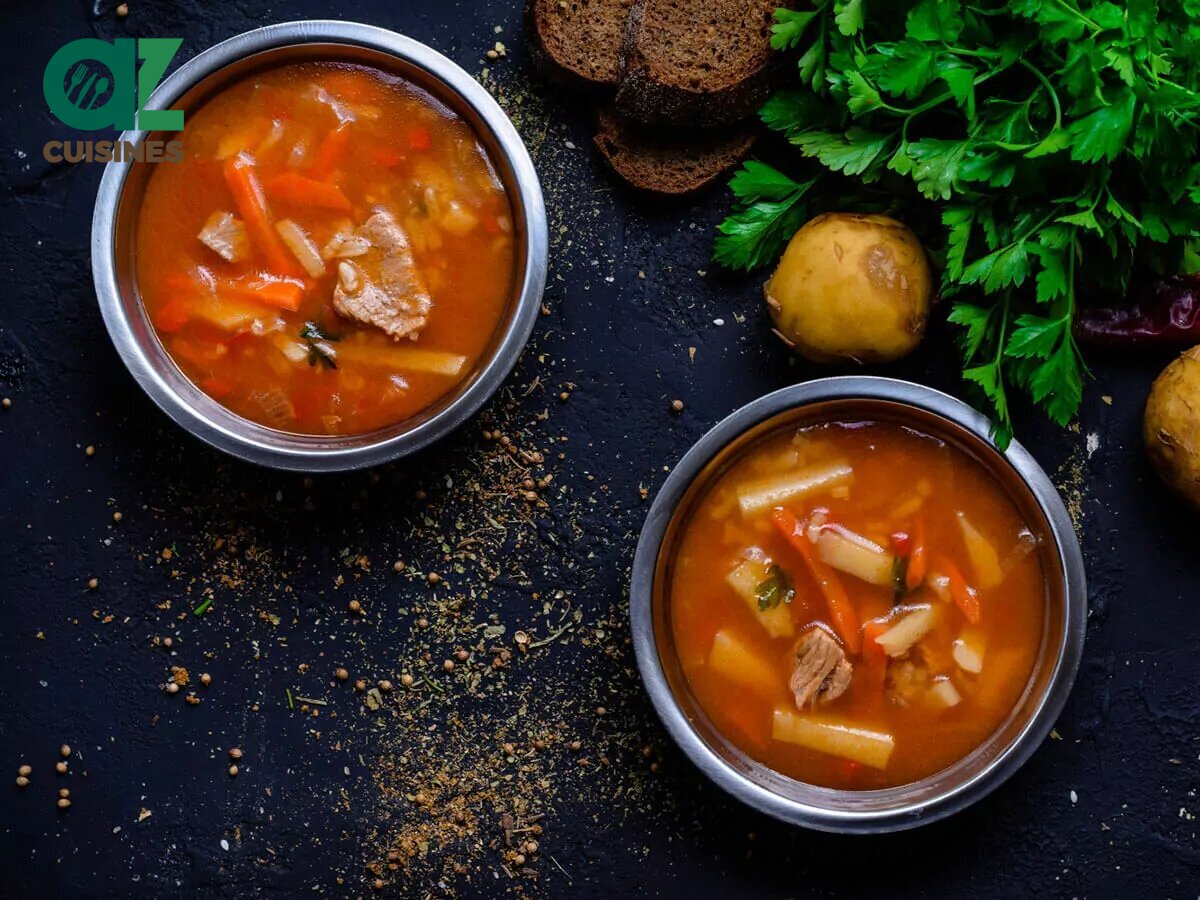
Adam Sam
Senior Food and Drink Editor
Expertise
Food Writer & Recipe Developer, Recipe Tester, Bartender, Cooking-video Maker, Editor In Chief
Education
Adam Sam, an experienced food writer and recipe developer, is passionate about blending diverse culinary traditions, national dishes, and innovative beverages, showcasing his proficiency in both traditional and modern recipe testing.
As the Editor-in-Chief, he elevates culinary content from street food to fine dining, focusing on Western cuisine and types of drinks at azcuisines.com, and is professional in creating engaging cooking videos that simplify complex dishes and ingredients.
His passion for food is evident in his writing, where he uniquely merges various cultures, traditions, and contemporary trends, skillfully combining classic recipes with modern cooking methods.